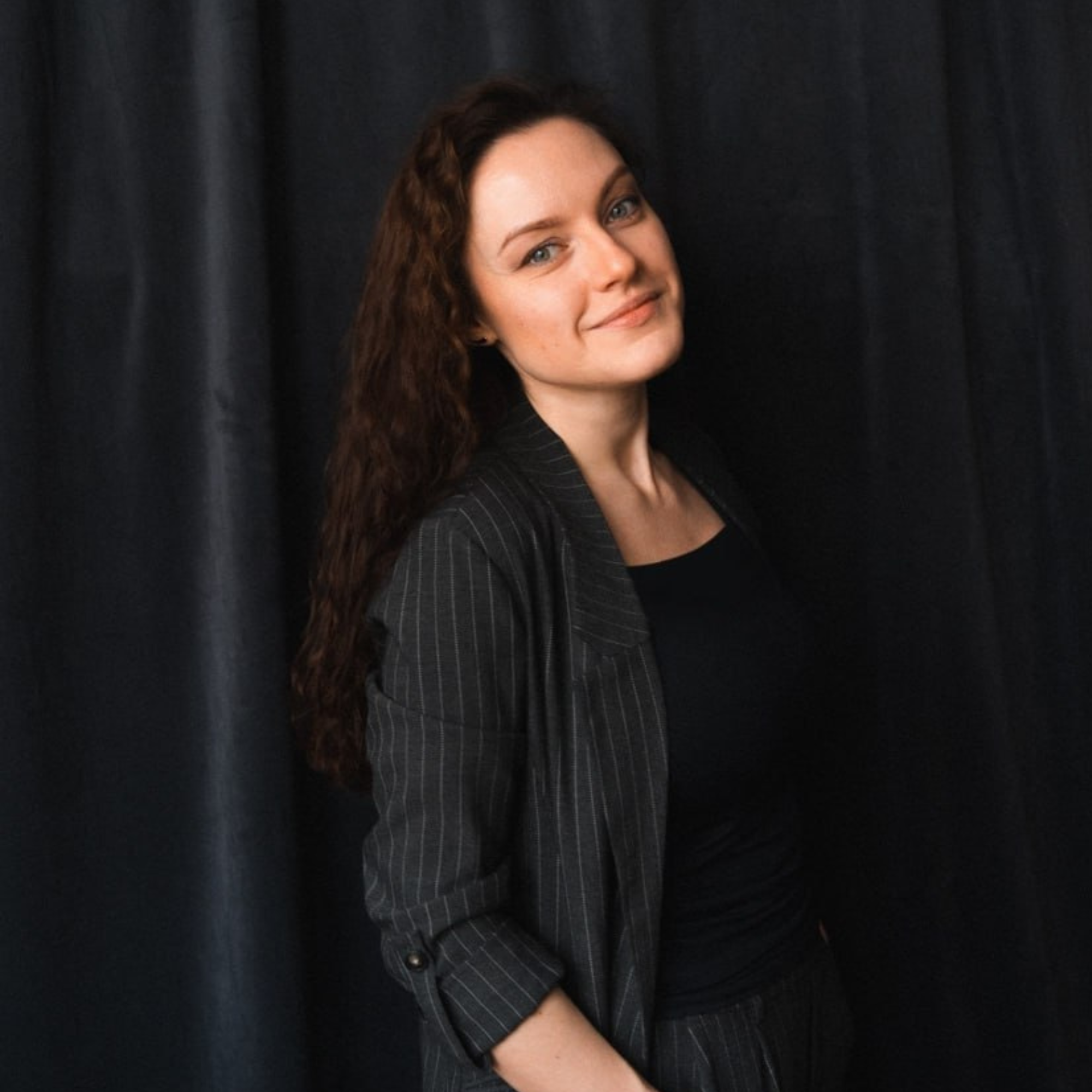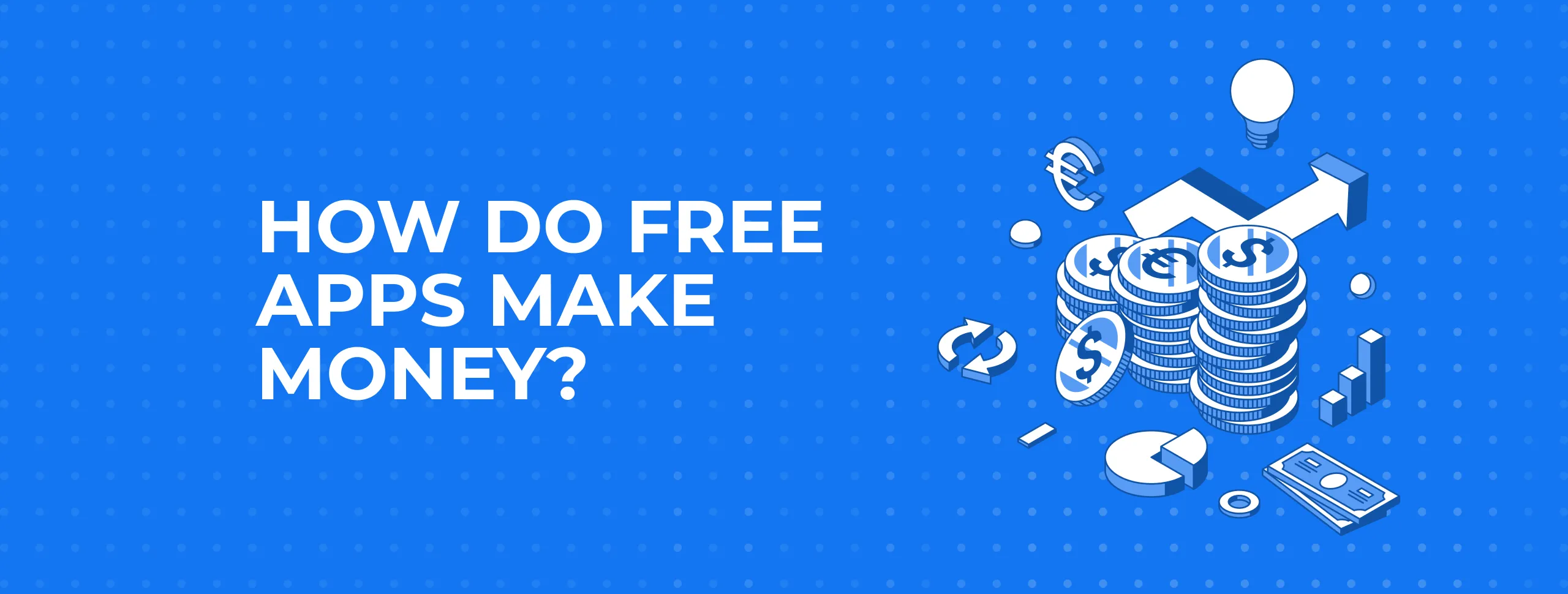
How do Free Apps Make Money?

As free apps always exceed paid ones in terms of profit and number of downloads, plenty of people often have the same question: how do free apps make money? In this article, you'll learn about the most popular and proven mobile app monetisation strategies that can bring you considerable benefits.

Paid and Free Apps
According to TechCrunch, more than 90% of applications on the market today are free. Statista has produced past summaries and future projections for the free and paid apps market from 2017 to 2022.
In fact, statistics show that, compared to previous years, the number of paid app downloads has dropped significantly.
Overall, surveys in China, the United States and the United Kingdom show that users of paid apps spent between $7.40 and $9.20 on in-app purchases over three months. More importantly, Gartner found that users aged between 18 and 34 enjoy more flexibility to engage in in-app transactions, while older customers are more willing to pay for ownership and use of the application.
- Mobile app users spend 24% more on in-app purchases than on paid apps.
Last year, the most popular source of free app revenue was advertising. This, however, was also the most annoying (for users). About 20 percent of respondents said they typically click on ads generated by mobile apps, while nearly two-thirds said they never do so.
As a result, there are some significant differences between how professional app developers and users view the monetisation channel value. This is why app publishers should consider strategies that not only offer value through advertising and in-app negotiation but also provide users with new experiences and channels of interaction, as well as the ability to acquire additional features when needed.
How can You Make Money with Free Apps?
Let's take a closer look at the key revenue models and tools for free apps:
Advertising
Mobile advertising is still the most lucrative revenue model. By 2019, 8% of app providers used it and 18% planned to use it in the near future. Monetising your app with ads is easy, with all of them requiring ads to be shown within the mobile app and being paid for by the ad network.
Native ads, banner ads and interstitials are the top three formats used by developers to monetise their inventory.
Interstitial
An interstitial is a full-screen pop-up window displayed in a specific time interval. You can disable it by opening the promoted page or close it by pressing the button in the corner of the ad. This method of increasing revenue is mainly used for messaging and content applications before or after content or expected functionality (for example, game level). The natural interruption of news and games is versatile and can be used to maximise effectiveness.
Banner or Image Ad
These usually appear in different sizes and extend from the top or bottom of the screen. They are small and simple, so users are free to interact with the application. In addition, app developers can customise them based on demographics and past user behavior. Despite this, their click-through rate is still about 0.1% lower.
In-app Video Ads
Such ads are displayed automatically or as a "reward video" – opened on demand in exchange for in-app rewards. For example, users can get an application currency, in-game extra lifespan or additional features for watching a video. This is a win-win strategy for both app providers and customers.
Native Advertising
This refers to ads created to perfectly fit the main conceptual design and appear as a natural element in the app. In most cases, they present as sponsored content or video designed to promote the product. Native ads are viewed by users as less cumbersome and intrusive, so they form a more popular revenue stream for application providers.
Using multiple ad formats and placements can maximise benefits for developers and users.
Disadvantages: For apps with smaller audiences, advertising revenue can be quite low. Although developers use advertisements extensively, they’re still the most irritating aspect for the user. It’s therefore important that they form a natural part of the user-interface interaction.
Incentive Advertising (Rewarding Users for Interacting with in-App Ads)
84% of app users prefer to use reward apps rather than apps with ads. There are several tools that can be used to reward consumers for performing a search and completing an action within the application. This strategy can create better engagement and build a positive brand attitude. App developers earn revenue through sponsors who promote their in-app currency and in turn gain loyal and happy users.
91% of users who interact with incentive ads are actively focused on the brands behind them. RunKeeper is a pioneer in using this revenue model. Apps for tracking ongoing activities and training use incentive ads to allow users to unlock unique rewards and features without disrupting interaction with image and interstitial ads.
Disadvantages: Rewards must appear to be part of the application's interaction, making it harder for users to interact with the app.
Email marketing
Although email marketing is a relatively old technology, it can be very powerful in terms of free app monetisation. This strategy works best when you request users' email addresses during login, allowing you to then contact them by email.
At the same time, mobile applications offer new opportunities to collect email addresses. This makes email marketing one of the most effective web strategies with its own advantages and disadvantages.
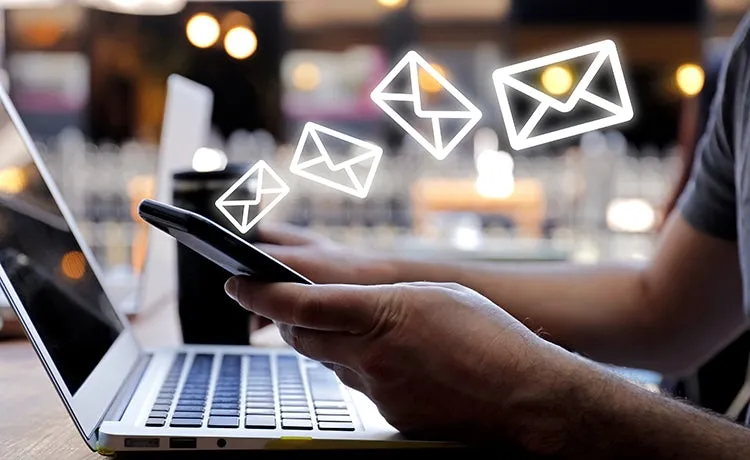
Here are some ways to collect email addresses from your mobile app:
- The first and most important method is simply to ask for the user's email address through a pop-up box. Both parties can make a profit from a free resource or currency in the application, or any return of the products you wish to offer.
- Another way to get the user's email address is through the Facebook SDK. Once you enable FB login in your app, you can use it to collect email addresses. If you are logged in with an FB account, be sure to notify your users that they can receive an email.
- You can use some third-party tools to simplify email collection. There are some third-party SDKs that can be integrated into your mobile app (adding a few lines of code to your app).
It may be useful to collect emails from a database if the client is not currently using your application. Contacting them via email can be an interesting means of notifying about new features and improvements.
Disadvantages: Email marketing is widely used on the Internet. At the same time, this strategy is inefficient for most small players.
Sponsorship
If a provider creates the right niche app for a user and posts it on behalf of another company, the in-app sponsor site can serve as a powerful application monetisation model. The main challenge is to find a sponsor with similar or identical audiences and add white tags to the app, or else adjust their design so that it matches the sponsor's brand.
The main types of sponsorship transactions are:
- The protocol revenue distribution generated by the application.
- The monthly sponsorship fee paid by the sponsor for the maintenance or use of the application.
- This strategy is also profitable for developers to generate and broaden their audience and promote their apps as most sponsors already have good site traffic and loyal customers.
A good example is the Home Depot sponsorship of the Weather Channel application. The background of the animated app behind the temperature measurement forms the sponsored advertisement, with the target user of Home Depot being the owner interested in waterproofing.
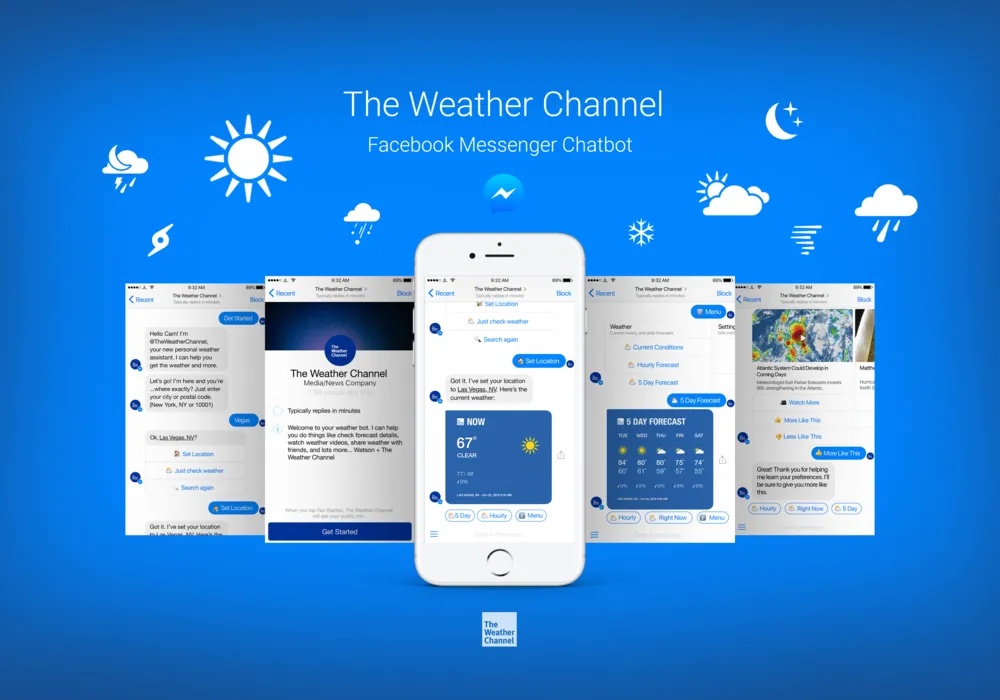
Disadvantages:
It is difficult to find sponsored companies and applications in specific areas.
Subscription
For time-limited content or free apps with limited functionality, users can pay a subscription fee for full access and unlocking. This type of revenue is typically used for cloud services, video and audio streaming, online newspapers or magazines. Developers can offer users a free trial period and paid unlimited access to the application.
Google and Apple offer the ability to process subscription transactions through their platforms, making it easy for developers to deploy. Apple charges a 30% fee for the first year of any subscription and then a 15% fee per year for the paid service. Google introduced better terms, even in the first year, which represented 15% of subscription revenue.
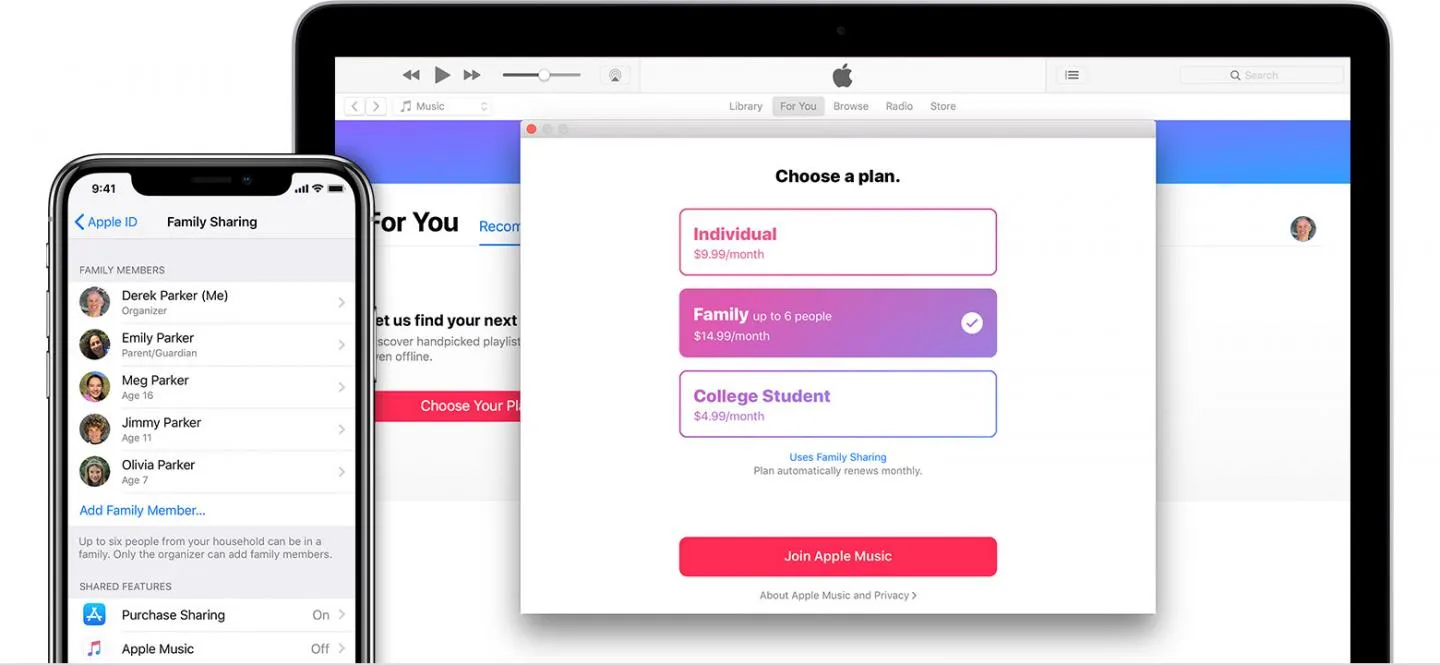
In-app purchase
In-app purchases offer the ability to sell a variety of virtual items directly from your app, including bonus, premium content, currency and game merchandise, or to unlock game levels.
The strategy falls into the following categories:
- Consumables – Products that can be purchased and used within the app. Example: virtual currency.
- Non-consumables – Featured products purchased for permanent use. Example: New level of game or map.
- Subscriptions are used to unlock features and content for a limited time. Example: annual news subscription.
50% of top apps use in-app purchases for a range of revenue and the model is expected to dominate in the coming years. Game developers usually prefer this model, mainly because of the digital money people use to buy content or unlock new levels. More importantly, half of the games offer a variety of virtual currencies – "coins", "precious stones" or "gold."
Users of Pokemon Go spend $ 1.5 million a day on in-app purchases.
Disadvantages: The application must remain in a leading position in the market and always fascinate users. The model also offers more technical challenges as it requires a payment system, such as PayPal, and assumes the additional cost of the payment controller.
Physical purchases and goods
E-commerce companies use free apps to sell physical goods or branded products through email marketing or specially-developed applications: toys, t-shirts, phone covers and more.
One of the first and most successful games to increase brand revenue is Angry Birds. Rovio sells 1 million branded t-shirts, backpacks and stickers every month. Most importantly, they can make $1 million a month on plush toys alone.
Amazon offers the ability to monetise merchandise by creating a Merch Self-Service program, which allows app publishers to sell branded T-shirts through their applications.
All you need to do is create and upload your own art and use Amazon's tools for promotion. The branded t-shirts will then be produced and sold by Amazon and you will receive a profit share.
Disadvantages: You need to generate a large number of users and sell what people want to buy.
Member Revenue and Referral Marketing (from CPA to CPI)
Developers can promote and sell affiliate products or services based on comprehensive clicks and installations for revenue distribution. You can use pop-ups or banners to promote other people's apps or use the In-App store to promote products and services.
The Amazon store is the best example of how great affiliate marketing is. Just grab the product and deliver ads to your users, earning revenue from all eligible purchases and making money from advertising costs.
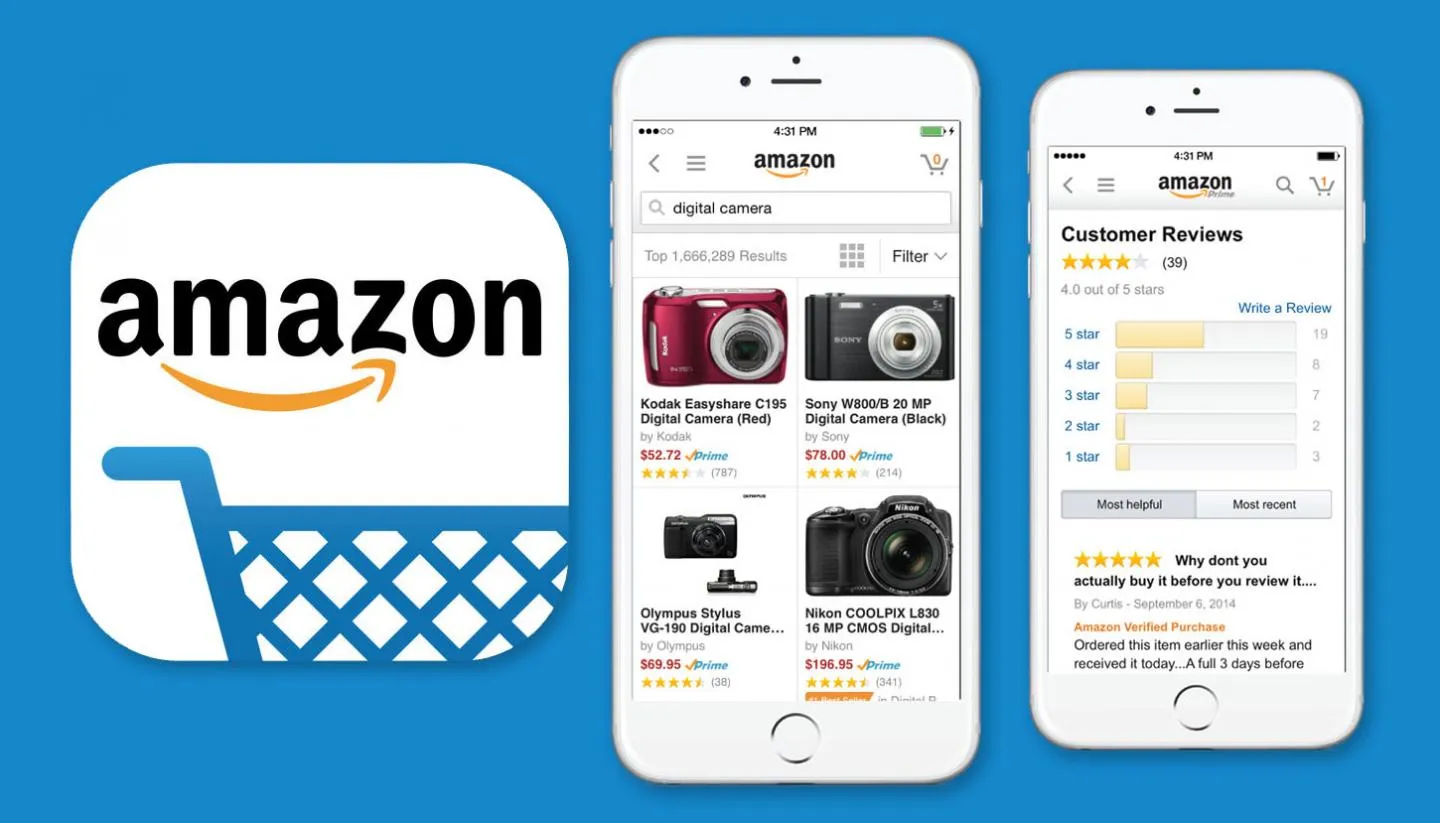
There are also many affiliate networks that can help you find the right affiliate for your own mobile app. The network is usually based on a CPA (CPA template) or shared revenue generated for advertisers.
There are several ways to make money here:
- Promoting other applications
- Promoting products through "in-app stores"
- Promoting products through pop-ups or banners
CPM
Cost Per Impression or cost-per-mille (CPM) is a multi-impression payment model. Advertisers display impressions for affiliate ads every thousand times. iOS ads are often more expensive than ads displayed on Android devices and can vary by up to 30% on the platform.
Mobile Revenue per thousand impressions (RPM):
- Interstitial: Android ($3.00 to $4.00) vs iOS ($4.00 to $6.00)
- Banner: Android ($1.15 – $2.50) vs iOS ($1.20 – $3.00)
CPC
Cost-per-click (CPC) is a revenue model based on the number of clicks on the displayed ad. With the cost-per-sales (CPS) revenue model (also known as pay-per-view), app developers charge only after the purchase is complete. App publishers receive a flat commission or percentage of sales.
CPV
Cost-per-view (CPV) is a charge based on video views or ad interactions, such as banner ads or call-to-action overlays.
CPI
Cost per install network (CPI) is the app monetisation equivalent of the cost-per-acquisition model used in online marketing. The publisher receives a payment each time a user installs an ad application. There are many platforms that provide software installed in your application. Costs range from $0.80 to $3.00. The online affiliate network has a range of global traffic generation activities, while also promoting other applications, making it a profitable market.
Conclusion
There are many effective ways for free apps to make money, but you will need a comprehensive planning and a good team to implement your strategy in the advanced smartphone app.
Let’s sum up the key free app monetisation strategies:
- Ads: native ads, interstitial ads, video ads, image ads, incentive ads and banner ads
- Email marketing
- Sponsorship
- Subscription
- In-app purchases
- Free value-added selling
- Physical purchases and goods
- Member revenue and referral marketing (from CPA to CPI)
Advertising still dominates the monetisation approach, accounting for 65% of all apps on the market. (Source: Sweetpricing report). Still, developers use a combination of features: advertising and in-app purchases.
If you’re looking for the best ways to monetise your app, you should conduct market research, define target users and check the success stories of other applications on the market. The main challenge is to gain awareness, win loyal users and choose the right income model. Plan more targeted campaigns to promote apps and their versions, continuously provide feature updates and create value for users with more unique revenue templates. This will bring greater profits and help keep your customers satisfied.
